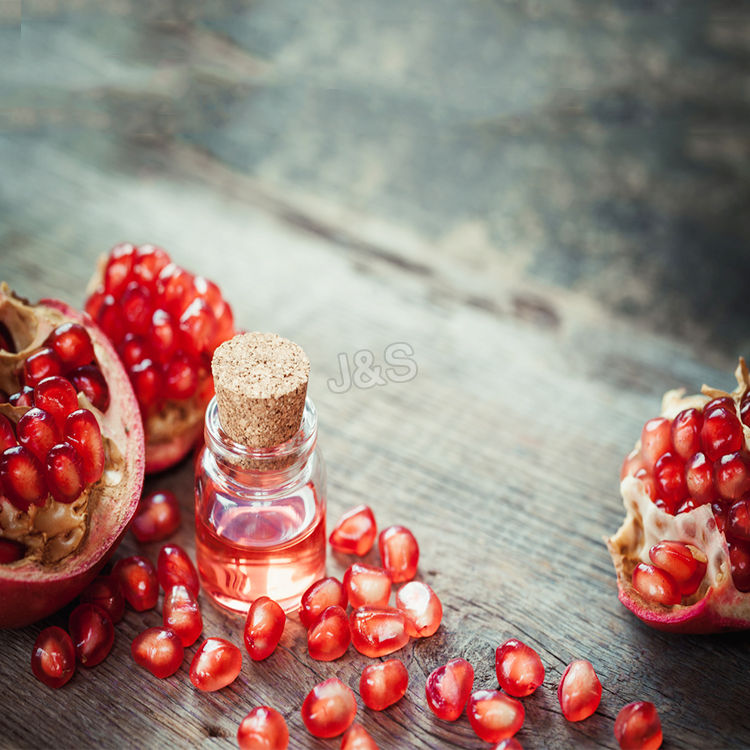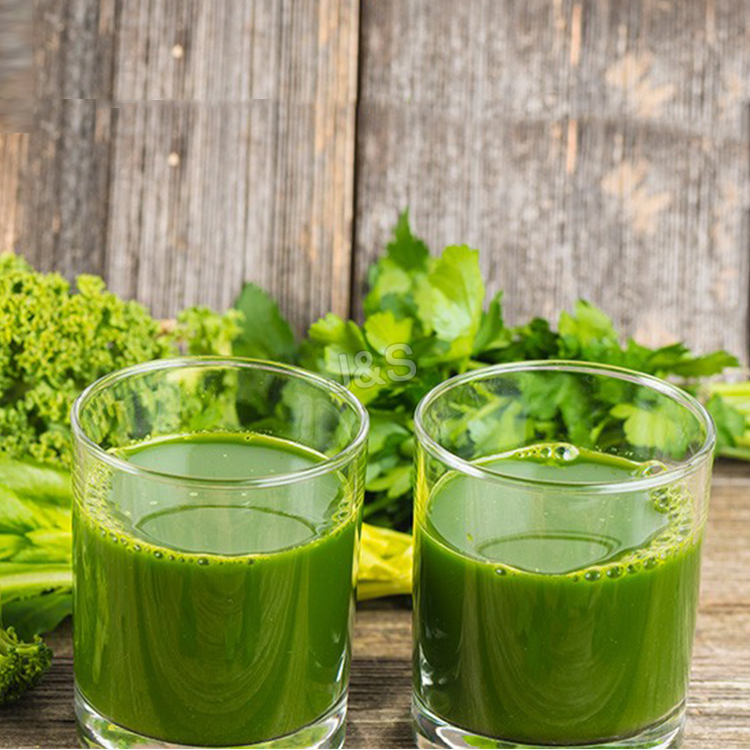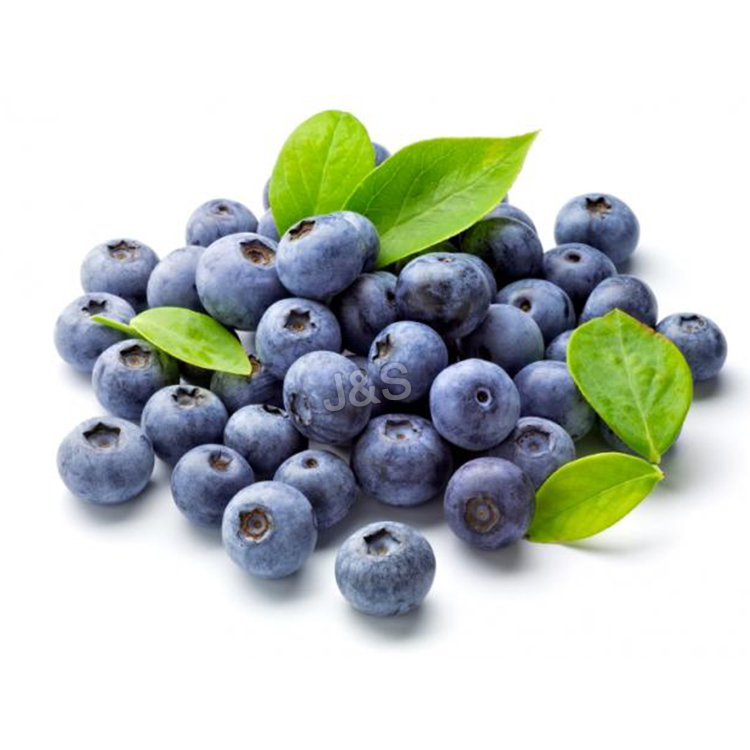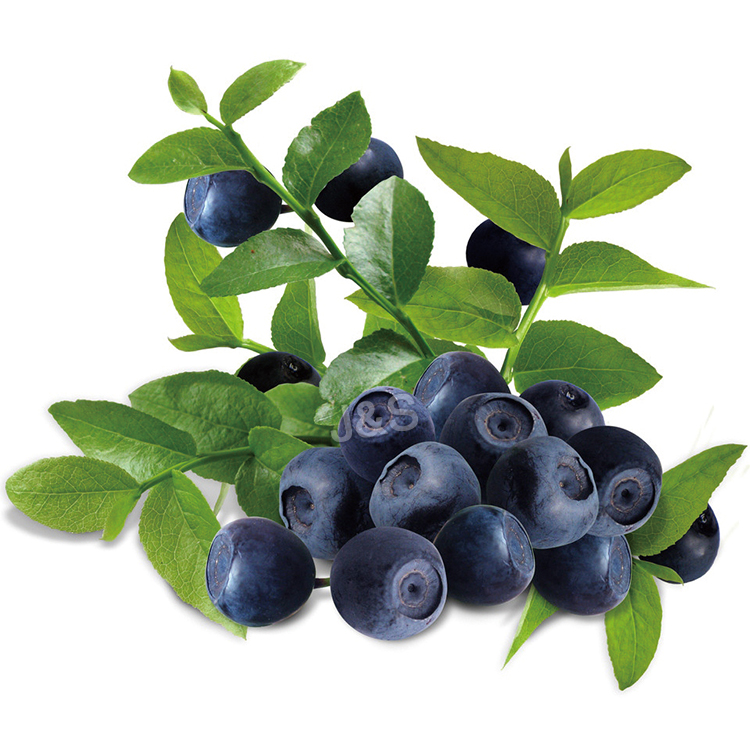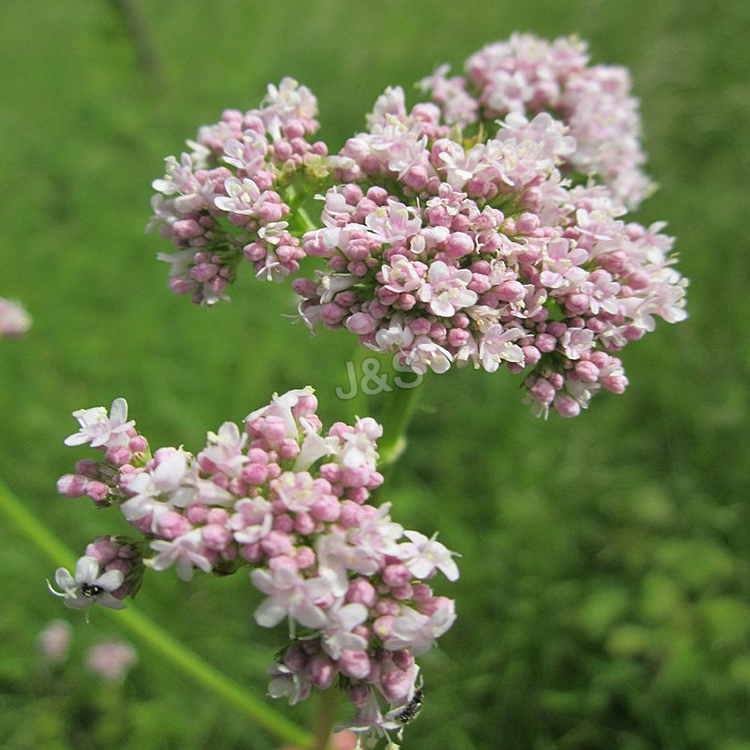Short Lead Time for Flaxseed Extract in Grenada
Short Lead Time for Flaxseed Extract in Grenada Detail:
[Latin Name] Linum Usitatissimum L.
[Plant Source] from China
[Specifications]SDG20% 40% 60%
[Appearance] yellow brown powder
Plant Part Used:Seed
[Particle size] 80 Mesh
[Loss on drying] ≤5.0%
[Heavy Metal] ≤10PPM
[Storage] Store in cool & dry area, keep away from the direct light and heat.
[Shelf life] 24 Months
[Package] Packed in paper-drums and two plastic-bags inside.
[Net weight] 25kgs/drum
Product description:
Flaxseed extract is a kind of plant ligan most notably found in flaxseed. Secoisolariciresinol diglycoside, or SDG is existed as its main bioactive components. SDG is classified as a phytoestrogen since it is a plant-derived, nonsteroid compound that possesses estrogen-like activity. Flaxseed extract SDG has weak estrogenic activity, when intake as food it will be trasfer to flax ligan which have same structure with estrogens.The level of SDG in flaxseed typically varies between 0.6% and 1.8%. Flaxseed extract powder SDG can reduce the blood lipid, cholesterin and triglyceride, it can also prevent for apoplexy, hyperension, blood clots, arteriosclerosis and arrhythmia. In addition, flax seed extract powder SDG is benificial for diabetes and CHD.
Main Function:
1.Flaxseed extract used to lose weight. Can burn surplus fat of Body;
2.Flaxseed extract will reduce allergic reaction, reduce asthma, improve arthritis;
3.Flaxseed extract with the function of improving female menstrual period syndrome;
4.Flaxseed extract can reduce the bad influence of hazardous chemicals produced when under pressure, control Stress, reduce depression and insomnia;
5.Flaxseed extract will improve skin fat content, moisten the skin smooth, soft and flexible, make the skin breath and sweat to normal, to mitigate various skin problems.
Product detail pictures:

Related Product Guide:
We've one of the most innovative manufacturing devices, experienced and qualified engineers and workers, recognized good quality handle systems and also a friendly experienced income team pre/after-sales support for Short Lead Time for Flaxseed Extract in Grenada , The product will supply to all over the world, such as: Leicester, Finland, Leicester, We will not only continuously introduce technical guidance of experts from both home and abroad, but also develop the new and advanced products constantly to satisfactorily meet the needs of our clients all over the world.
डायबिटीज का रामबाण इलाज – Natural Cure for Diabetes At Home – Home Remedies for Diabetes
Hello friends, In this video I am going to share with you some effective home remedies to treat Diabetes. Diabetes, also called diabetes mellitus, has become a very common heath problem.
1. Fenugreek is an herb that can also be used to control diabetes, improve glucose tolerance and lower blood sugar levels due to its hypoglycaemic activity.
Soak a few seeds (1/4 tsps) of methi in water overnight. First thing after you brush your teeth in the morning, gulp down the methi along with the water.
2. Tomatoes, another super food for diabetes, are packed with vitamin C, are an excellent source of vitamin A, and are a good source of potassium. They’re also low-carb and low-cal, averaging just 32 calories per cup.
3. Aloe vera gel helps lower fasting blood glucose levels. It contains phytosterols that have possible anti-hyperglycemic effects for type 2 diabetes.
The combination of aloe vera gel, bay leaves and turmeric is helpful for controlling blood sugar. To make this herbal medicine:
4. The Dangers of Skipping Meals When You Have Diabetes
You’re busy, you’re not hungry, you’re trying to lose weight, or your blood sugar is too high. Skipping meals, however, may actually increase your blood sugar and cause you to gain weight. Here are seven rewards of eating regularly scheduled meals when you live with diabetes.
5. Turmeric is such an easily available ingredient! It has antibacterial and antibiotic properties and is used widely for many natural remedies – cold and cough; heal wounds, for digestion, etc.
Along with these treatments, people with diabetes have tried numerous herbs and supplements to improve their diabetes. These alternative treatments are supposed to help control blood sugar levels, reduce resistance to insulin, and prevent diabetes-related complications.
https://www.iitutor.com
Changes in temperature in the natural environment of plants affect both their functioning and their growth. Maintenance of a relatively stable internal environment is just as important for plant metabolism as it is for animals. Plants respond to changes in light, water availability and temperature, all of which are linked, since heat is often associated with light (for example, the radiant energy of sunlight). Most plants have a growth season and life cycle that follow the seasonal temperature variations of their environment. Low availability of water may also be associated with very cold temperatures, since frozen water (ice and snow) is not available for use by plants. Temperatures above 40°C may cause damage to proteins and those above 75°C to chlorophyll pigment within the plant. Since plants cannot move into the shade- they tend to have stronger physiological and structural adaptations. Reflective leaf surfaces that reduce the amount of radiation absorbed can help keep a plant cool in hot conditions. Leaves may be light or silvery coloured, or have waxy or shiny surfaces. Evaporative cooling – loss of water via transpiration (stomata opening) in order to evaporate and have a cooling effect on the plant. This decreases internal temperature, however if water is not readily available this can kill the plant. Hot areas are often dry, compromising evaporative cooling—a plant needs to strike a fine balance between the risks of excess water loss during cooling versus heat build-up during water conservation. Wilting – some plants can wilt during the day instead, which decreases surface area of flowers/leaves to the sun. If water is readily available, this is temporary. If water not available, this can lead to the death of the plant. For example, roses. Leaf orientation – Plants change the orientation of their leaves to decrease the surface area exposed to the sun at the hottest part of the day. Most eucalypts hang vertically to reduce their exposure to the hot sun. Plants responding to excessive temperature like fires, may die, (especially non woody plants), however they leave dormant seeds, with thick protective seed coats. Seed dispersal in some Australian plants is stimulated by the extreme heat of fire. Banksia, Hakea and some Eucalyptus plants bear fruits with hard woody cases that are not dropped from the parent plant. The heat of a fire stimulates the fruits to open, and the seeds are released. Some of these seeds need fire as a trigger to germinate (begin to grow a seedling). Or some plants may die above ground leaving roots, rhizomes, bulbs or tubers to survive underground. When favourable conditions return, these sprout. Leaf fall in Summer. Eucalypts are evergreen trees that drop some of their leaves during the dry season in hot climates to reduce the surface area exposed to absorb heat. This also reduces the risk of losing too much water by transpiration. Temperature is one factor that controls developmental changes in a plant’s life cycle, from germination through to flowering and seed dispersal. In Australia, too high a temperature during flower formation produces a poor wheat crop, because pollen formation is very temperature-sensitive. Leaf fall in autumn (deciduous trees)
Many trees lose their leaves during autumn and the cold winter months when resources (for example the sun and water) are not as readily available. It allows them to survive not only the extremely low temperatures, but also the water shortages and lower availability of sunlight. For example, the beech tree found in Tasmania. Organic anti-freeze – Normally, in cold conditions, water between cells freezes first posing the greatest risk of damage for plants. Some plants that live in extremely cold conditions produce anti-freeze substance that reduces the temperature at which the cytoplasm or cell sap freezes. Frost during periods of new growth may damage plants, but many plants have leaves that are frost-tolerant. For example, after frost the leaves of camellias appear semi-transparent, but on thawing return to normal. Plants may alter their growth rate, active plant growth can occur within the range 5°C-45°C or in tropical areas, growth may cease below 15°C. Vernalisation some plants flower in response to low temperatures for example, tulip bulbs must be exposed to between 6 weeks and 3 months of intense cold before they will flower. Australian gardeners often mimic this effect by removing tulip bulbs from the ground in winter and storing them in the refrigerator, before replanting them in spring, to ensure that they will flower. Plants must also maintain a relatively stable internal environment. Since plants cannot move – they tend to have stronger physiological and structural adaptations. For heat some adaptations include wilting and dropping leaves. For cold some include: frost tolerance and being deciduous.
We have been appreciated the Chinese manufacturing, this time also did not let us disappoint,good job!


